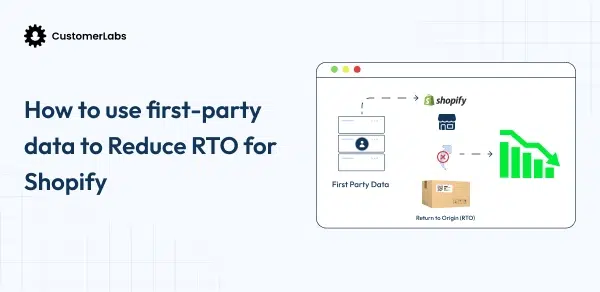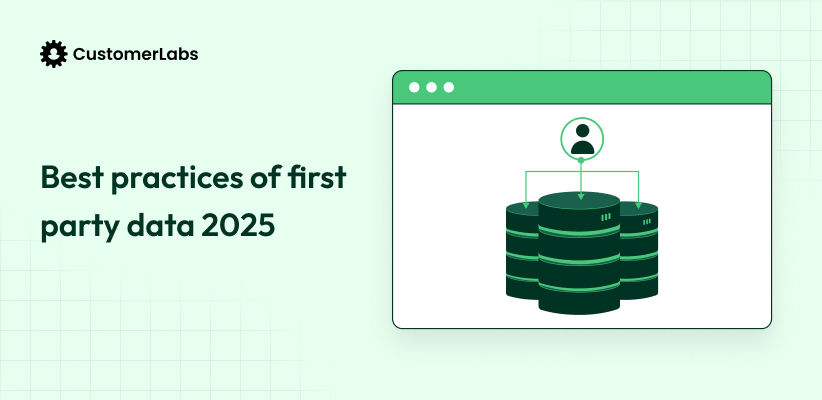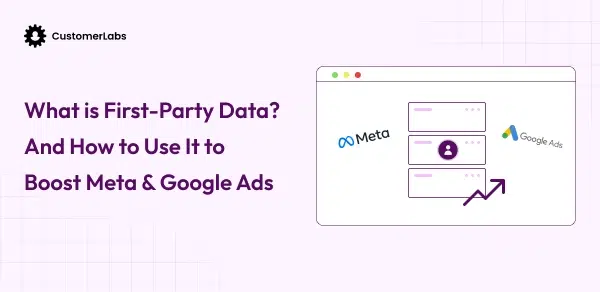eCommerce brand marketers know the significant role of first-party data and customer records in brand success. This data helps unlock true business value through targeted ad campaigns that reach customers when needed.
The modern ad landscape is undergoing a major shift. Privacy regulations like GDPR and CCPA are tightening up, and third-party cookies are phasing out. Moreover, platforms like Google and Facebook are reducing access to user-level data.
In such a scenario, first-party data is a valuable asset for eCommerce businesses, as it is the most reliable and compliant source of customer insight. First-party data is collected through owned touchpoints like website visits, email subscriptions, purchases, and user accounts. Hence, businesses have full control over their use.
First-party data is critical, as it can significantly improve the precision of ad targeting, the relevance of the brand messaging, and ROAS (return on ad spend). When integrated into ad platforms, this data powers precise audience segmentation, relevant creatives, and behavioral targeting, minus the risk of violating user trust.
In this post, you will find actionable ways to improve first-party data collection while using it to create smart and high-performing ad campaigns.

Strategies to Improve First-Party Data Collection
1. Capture Meaningful User Actions
One of the most impactful ways to improve first-party data collection is by tracking rich behavioral events like product views, add-to-cart clicks, checkout initiations, and more. These signals are clear indicators of purchase intent and help build a ready-to-convert pool of audience.
Using 1P Domain tracking, eCommerce marketers can set up granular event tracking. This setup helps collect data on the server-side without losing signals. When both the browser and server-side data is collected, rich first-party data can be collected.
To make the tracking process easy, marketers can use real-time no-Code platforms like 1PD Ops, to set up seamless event tracking without involving a developer. They can track custom events like time spent on a product page and send that data to ad platforms in real-time.
Say, a user visits more than 3 pages looking for ‘sports shoes’ but does not purchase them. Such an event can be recorded and added to the retargeting audience with personalized ads. Thus, you can turn passive browsing behavior into actionable insights.
2. Invest in Interactive Content
Interactive content, unlike a typical blog or landing page, invites shoppers to engage with the content and share their information in return. Content formats like surveys, product finders, quizzes, or multi-step forms offer structured and high-intent data points.
Marketers can assess everything from preferences to style choices, helping them create rich customer profiles for hyper-targeted ad campaigns.
For instance, responses to this fragrance quiz from Spongelle can help marketers understand what fragrance they prefer, buying tendencies, demographics, and budget.
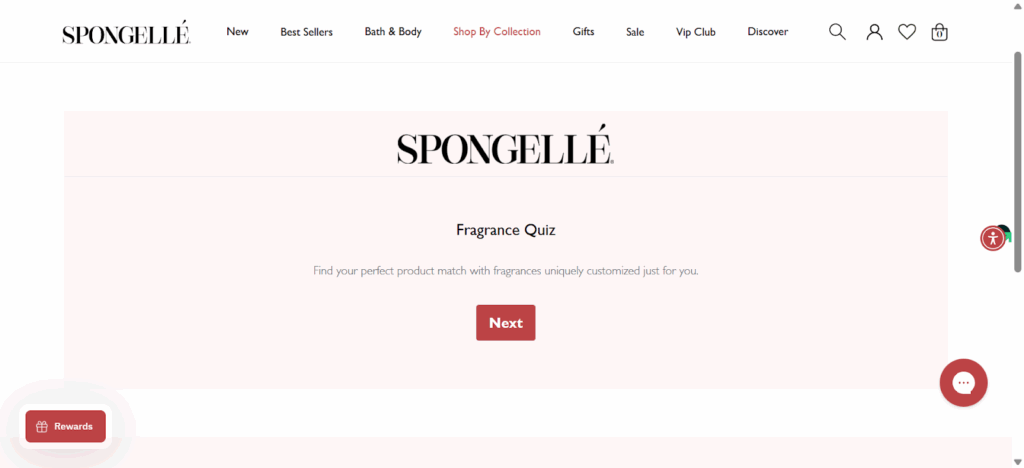
Similarly, multi-step forms could be great for the lead capture stage when offering a website visitor exclusive content for their information.
When creating exceptional experiences, it is important to make them more inclusive and engaging. Otherwise, the visitor may lose interest and leave. For instance, you could add progress bars, gamification elements, and instant results and recommendations to show visitors how they have progressed through the survey response.
Moreover, you can add a text to speech reader to enhance accessibility and boost the survey-completion rate, especially on mobile devices. This will also offer an alternative way to consume content, especially when the visitor is multitasking.

3. Leverage Lead Generation Efforts
One of the easiest ways to improve first-party data collection is to collect information through lead generation forms. Channels like LinkedIn, Google, and Facebook offer lead-gen guides and options that help with contextual timing, progressive profiling, and value-driven offers.
Use tools like exit-intent pop-ups and scroll-triggered forms to reach users at the right time. Offer incentives like first-time discounts and early access to the latest collection to increase engagement.
Besides email, ask for product preferences, size, or usage intent in a non-intrusive way. This helps build a richer profile for improved ad targeting.
For instance, a visitor comes to an eCommerce site selling athletic apparel. They see a 10% off on their first purchase, enter their email address, and indicate their interest in ‘running shoes’.
The eCommerce team can track the lead form submission as a custom event, tagging it with the email address, product interest, source (form), etc. Next, they can build a segment based on this data and integrate it with tools like Facebook Ads or Google Ads.
Thus, all the product remarketing and offers on shoes or running gear will be targeted at this audience.
4. Leverage Loyalty Programs
Customers signing up for loyalty programs voluntarily offer a goldmine of first-party information. Loyalty programs create an attractive value exchange that encourages the sharing of data through preferences, surveys, and interactive engagements.
Encourage account signups by offering loyalty points and personalized product recommendations. Once the shopper has signed up, you can collect more information as they browse or purchase items.
Check out how Shop Simon uses its loyalty program to capture style preferences. A shopper earns 100 points for taking a style quiz, and this information allows the team to personalize the user experience. The data is accurate and of a consensual nature.
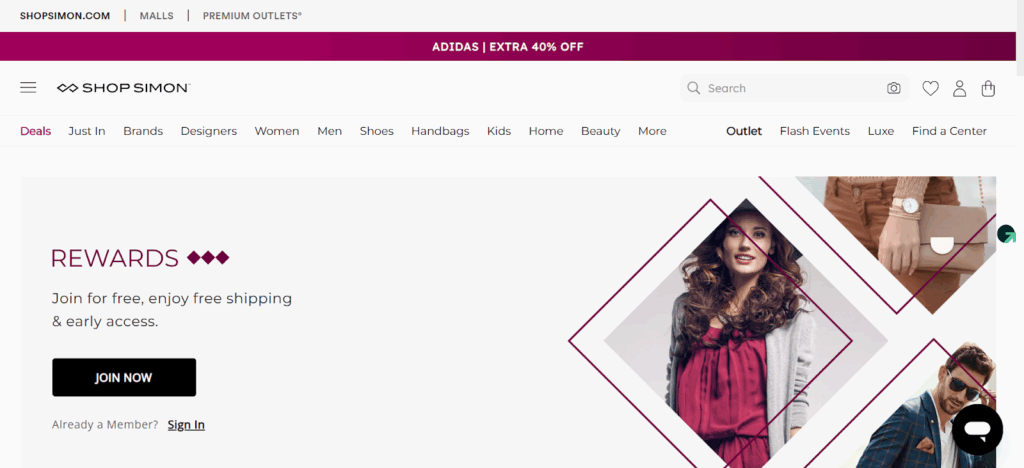
Such data from loyalty programs adds depth to customer profiles and helps businesses move from the one-size-fits-all ads to targeted campaigns that drive more ROI.
5. Enrich and Activate First-Party Data across Channels
Enriching first-party data with offline and supplemental sources can make it more powerful than ever. Sync your POS data, CRM records, in-store purchases, and support interactions to build a whole customer profile.
Tools like CustomerLabs allow you to connect these data points across platforms. Thus, whether you are targeting loyal offline shoppers or enriching anonymous leads, these signals make your first-party data smarter and ads more effective.
Once enriched, use CustomerLabs 1PD Ops to activate this data. We have patented it
In other words, you can automatically sync refined audience segments to Facebook, Google, and email platforms. This ensures that the targeting and retargeting remain consistent across your marketing stack.

Summing Up
In today’s privacy-first ad environment, eCommerce companies must reduce their dependency on third-party data and move to building robust ad campaigns based on first-party data.
From tracking behavioral data to capturing data through loyalty programs, we have shared effective ways to sharpen your ad campaigns using first-party data. Go ahead and experiment with each of these tactics and improve your ad targeting and ROI.
For more insights, visit our website and explore our products, services, and more helpful blog content.
